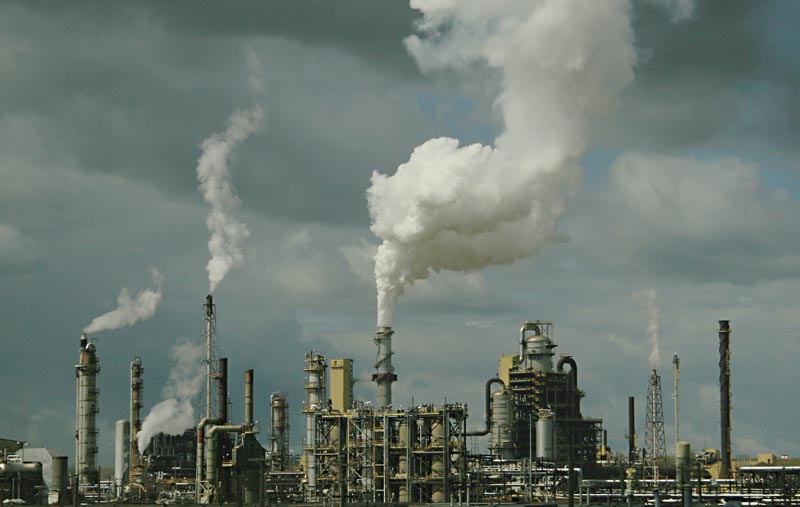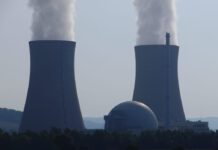 Flickr, (CC BY-NC-ND 2.0)" width="400" height="253" srcset="https://www.green-connect.de/wp-content/uploads/2019/11/15826910033_eeaa03b434_o_800.jpg 800w, https://www.green-connect.de/wp-content/uploads/2019/11/15826910033_eeaa03b434_o_800-768x487.jpg 768w, https://www.green-connect.de/wp-content/uploads/2019/11/15826910033_eeaa03b434_o_800-150x95.jpg 150w, https://www.green-connect.de/wp-content/uploads/2019/11/15826910033_eeaa03b434_o_800-300x190.jpg 300w, https://www.green-connect.de/wp-content/uploads/2019/11/15826910033_eeaa03b434_o_800-600x380.jpg 600w, https://www.green-connect.de/wp-content/uploads/2019/11/15826910033_eeaa03b434_o_800-696x441.jpg 696w, https://www.green-connect.de/wp-content/uploads/2019/11/15826910033_eeaa03b434_o_800-663x420.jpg 663w" sizes="(max-width: 400px) 100vw, 400px">
Flickr, (CC BY-NC-ND 2.0)" width="400" height="253" srcset="https://www.green-connect.de/wp-content/uploads/2019/11/15826910033_eeaa03b434_o_800.jpg 800w, https://www.green-connect.de/wp-content/uploads/2019/11/15826910033_eeaa03b434_o_800-768x487.jpg 768w, https://www.green-connect.de/wp-content/uploads/2019/11/15826910033_eeaa03b434_o_800-150x95.jpg 150w, https://www.green-connect.de/wp-content/uploads/2019/11/15826910033_eeaa03b434_o_800-300x190.jpg 300w, https://www.green-connect.de/wp-content/uploads/2019/11/15826910033_eeaa03b434_o_800-600x380.jpg 600w, https://www.green-connect.de/wp-content/uploads/2019/11/15826910033_eeaa03b434_o_800-696x441.jpg 696w, https://www.green-connect.de/wp-content/uploads/2019/11/15826910033_eeaa03b434_o_800-663x420.jpg 663w" sizes="(max-width: 400px) 100vw, 400px">CALGARY — JAN GORSKI, analyst at the Pembina Institute, made the following statement in response to Tuesday's announcement of the new TIER system:
“The government's new industrial carbon pricing policy, the Technology, Innovation and Emissions Reduction system, is weaker than what is currently in place, and creates uncertainty at a time when we need the exact opposite. Investors are looking for strong and consistent policy that decarbonizes production and drives innovation across all sectors of Alberta's economy.
“Profound changes are happening in our global energy systems, driven by advances in technology and action on climate. With respect to the oil and gas industry in particular, investors are recognizing uncertainty in long-term oil demand and want government policy that is predictable, stable and helps industry stay competitive in this new and emerging 21st-century economy.
“This new policy is a step backwards, falling halfway between the current Carbon Competitiveness Incentive Regulation (CCIR) and the previous system. Under CCIR, all facilities were treated fairly and subject to a sector-wide emissions standard. All had to maintain emissions below this benchmark, or pay a carbon price on emissions that exceeded it. TIER, on the other hand, relies on facility-specific benchmarks, along with best-in-class benchmarks, to incentivize top performers. With individual benchmarks, TIER will effectively punish progressive companies that have already taken action to reduce emissions, while rewarding those that have not and may have easier, cheaper reduction opportunities. This new system is unfair, less efficient and unnecessarily more complex.
read more … www.pembina.org/media-release/tier-weakens-incentives-technology-innovation-and-emissions-reductions








